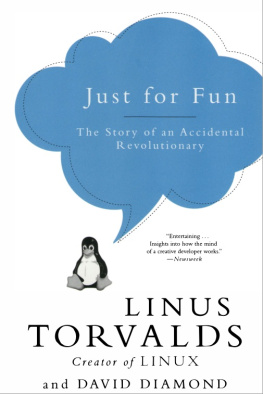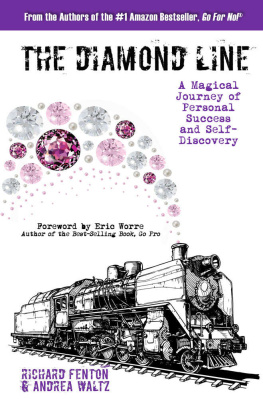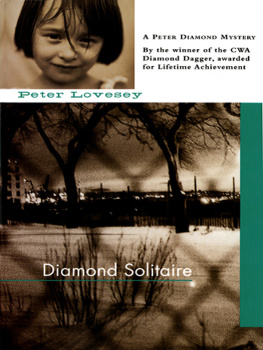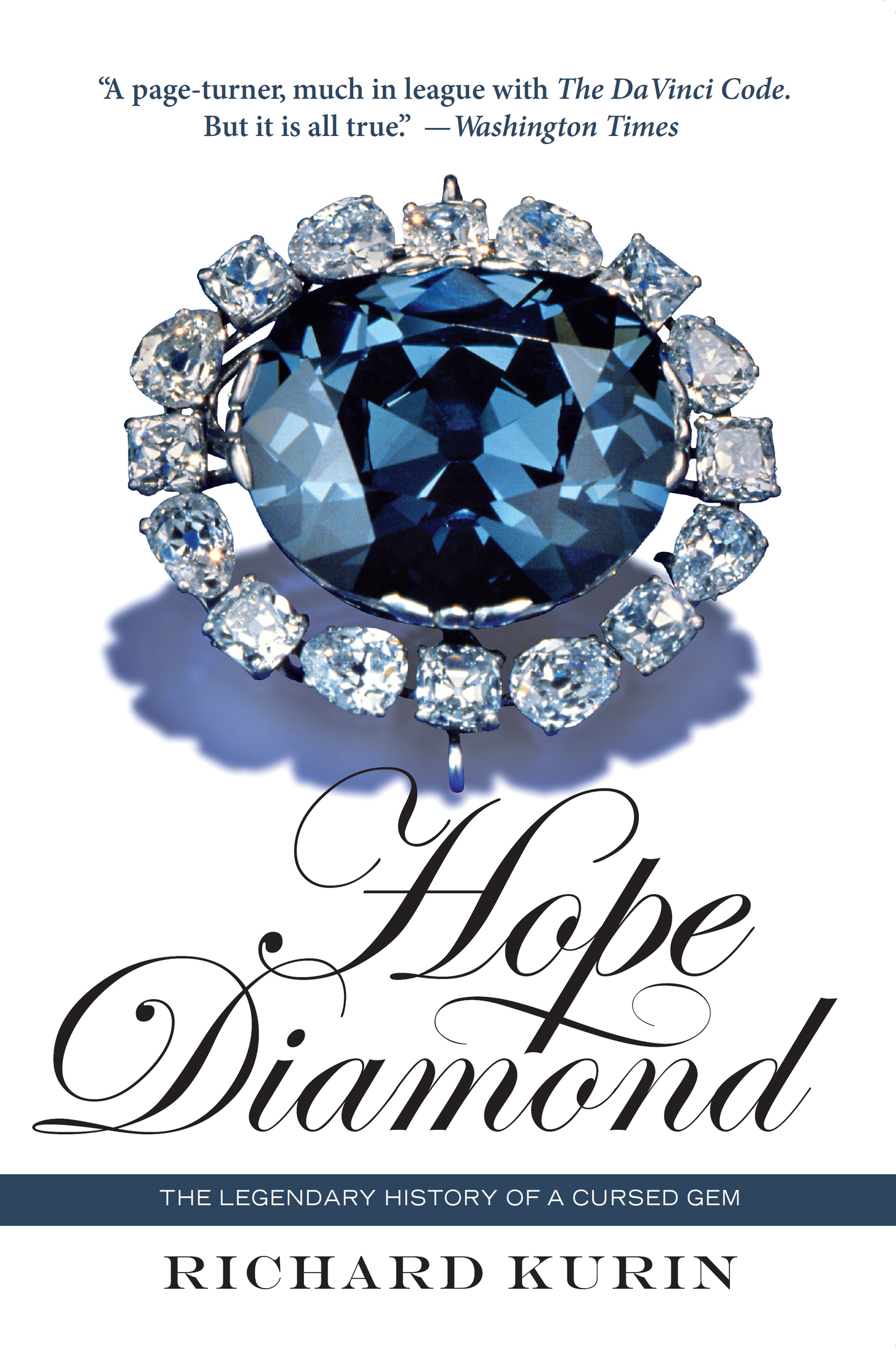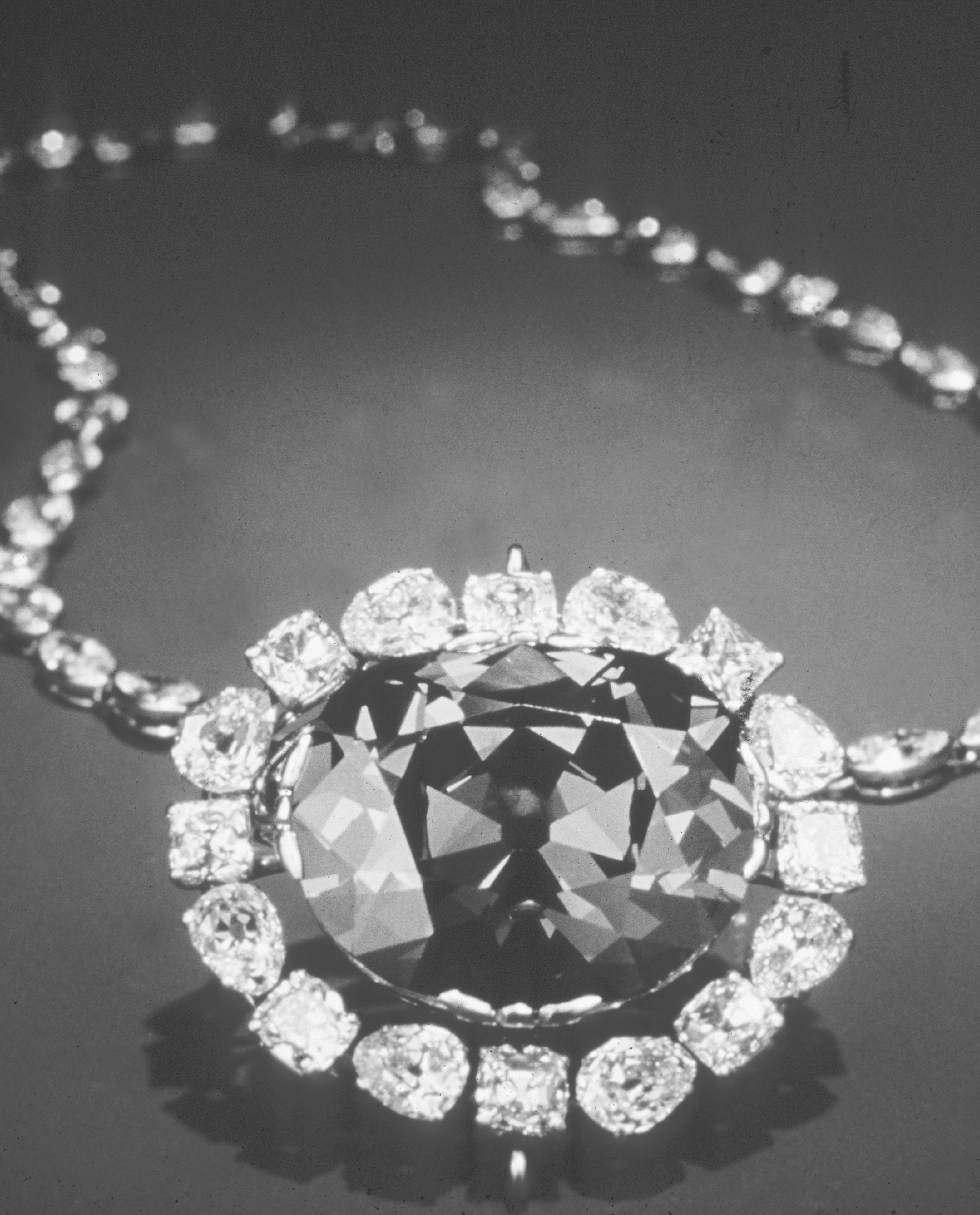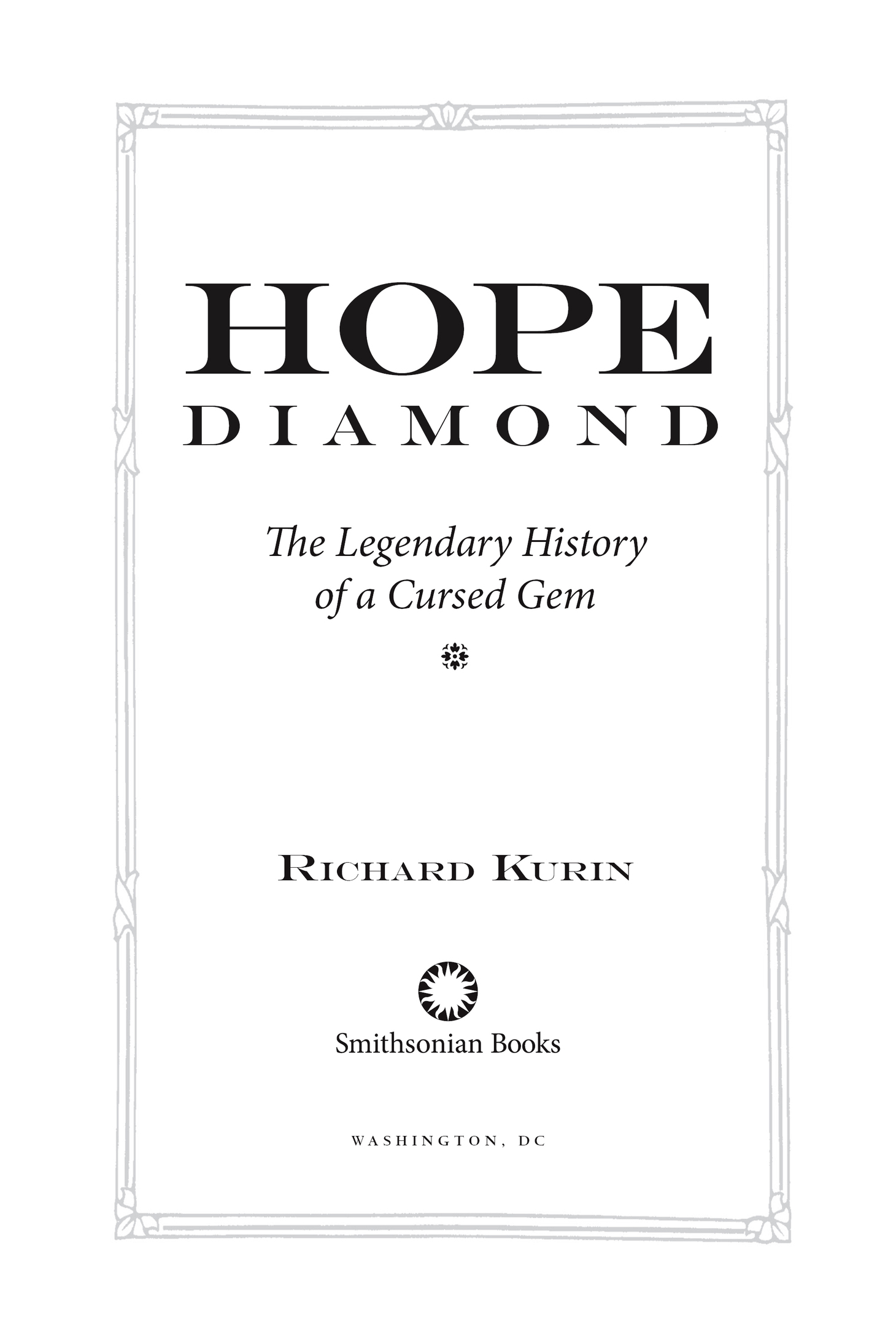Contents
More Praise for
HOPE DIAMOND
A sparkling pleasure for anyone interested in jewels, American history, or just a good mystery.
Jewelers Circular Keystone
Hope Diamond is a wonderful, rounded social and cultural history, full of the complexities over which museums stumble, and it reads like a good novel.
Steven Lavine, President, California Institute of the Arts
In Hope Diamond, Richard Kurin has created the complex and fascinating story of one of the worlds greatest diamonds. Kurin takes us on a journey that is full of adventure and reminds us that objects have biographies that are both full of drama and revelation.
Rubie Watson, Curator of Comparative Ethnology, Peabody Museum of Archaeology and Ethnology, Harvard University
People everywhere endow extraordinary objects with mysterious powers, and none more than the Hope diamond. In this vigorous account, Richard Kurin tells the story of this ominous unearthly stone, in both folklore and fact.
Ralph W. Nicholas, William Rainey Harper Professor Emeritus, The University of Chicago
Kurins profound gaze enables us to understand this deep-blue gem through a prism of historical and cultural meaning. He creates an illuminating narrative that connects East and West.
Rajeev Sethi, Founder, Asian Heritage Foundation
HOPE DIAMOND: THE LEGENDARY HISTORY OF A CURSED GEM. Copyright 2006 by Richard Kurin. All rights reserved. All rights reserved. No part of this publication may be reproduced or transmitted in any form or by any means, electronic or mechanical, including photocopying, recording, or information storage or retrieval system, without permission in writing from the publishers.
First Harper Collins paperback edition published 2007.
This Smithsonian Books edition with updated foreword published February 2017.
ISBN 978-1-58834-418-2
The Library of Congress has catalogued the hardcover edition as follows:
Library of Congress Cataloging-in-Publication Data
Kurin, Richard, 1950
Hope Diamond: the legendary history of a cursed gem
p. cm.
Includes bibliographical references and index
ISBN 978-0-06-087351-6
1. Hope diamondHistory. I. Title.
NK7663.K87 2006
736.23dc22
[B]
Ebook ISBN9781588344199
For permission to reproduce illustrations appearing in this book, please correspond directly with the owners of the works, as seen on . Smithsonian Books does not retain reproduction rights for these images individually, or maintain a file of addresses for sources.
v4.1
a
Dedicated to my daughters, Danielle and Jaclyn
F OREWORD
A t the Smithsonian we have an obligation and commitment to preserve, study, and present to the public the artifacts, specimens, and objects of art we hold in trust for the American people.
Among the most treasured and well known of these objects is the Hope diamond, resident in the National Museum of Natural History since 1958, when Harry Winston donated it as a magnificent gift to the nation. Each year, between six and seven million visitors come to see this world-famous treasure and learn about its fabled history and its scientific and cultural significance.
Richard Kurin, a Smithsonian treasure in his own right, shows us how the Hope diamond embodies the worlds of science, art, history, and culture, all in one rare 45-carat blue gem. As a carbon crystal with traces of boron formed a billion years ago a hundred miles below the earths surface, the Hope diamond teaches us about the physical nature of our planet. We glean knowledge of design and aesthetics as we learn how the diamond was carefully cut and crafted into jewelry over the past 350 years as optic techniques were refined and stylistic innovations progressed. Historically, the Hope diamond was the object of desire of royalty, the wealthy, and the famous, providing us a fascinating perspective on key events in India, France, Great Britain, and the United States. Culturally, its storyincluding a legendary curseprovides unique insight into colonialism, disparities of wealth and power, and the role of the supernatural in modern thought. The Hope diamond even reveals what goes on behind the scenes in the vaults of the museum and in contemporary science and statecraft.
This is a marvelous account, founded upon solid scholarship and more than a decade of research but also wonderfully readable. I am sure you will find Dr. Kurins history enlightening, truly engaging, and highly enjoyable, just like a visit to the Smithsonian itself.
David J. Skorton
Secretary, Smithsonian Institution
I NTRODUCTION
This is a book about a small stone with a big storythe Hope diamond.
The Hope diamond is blue, not a pale sky blue, but a deep, steely blue. It weighs 45.52 carats. This seems like a lot, given that most engagement rings are one carat or less. While many people imagine the Hope diamond to be about the size of a softballor at least a baseball, it is about the size of a walnut. It is only one inch across, a bit less than an inch in width, and about a half inch in depth. This is nonetheless a very big diamond. And its blue color makes it quite rare. A blue diamond of this size and color would be valued at somewhere between $25 million and $40 million on the open market. But the Hope diamond is worth much more, its price recently estimated at $200 million!
What adds tens if not hundreds of millions of dollars to the gems worth? Simply, it is its story. The diamond has a rich history including a legendary ancient curse attached to its origins in India. This legend was so prevalent in 1958 when the Smithsonian acquired the Hope diamond that many Americans urged the National Museum not to accept the diamond in its collections for fear that the U.S. would be cursed.
As a cultural anthropologist, I became intrigued by the way people thought about the diamond, and how the meaning they imputed to it seemed to change over the course of centuries as it moved across cultures and through different societies. This prompted a decade of research as I followed the diamonds trail to mines and ruins in India, treasure houses and battlefronts in France, castles in England, jewelry stores and mansions in the United States, and finally to my professional home, the Smithsonian.


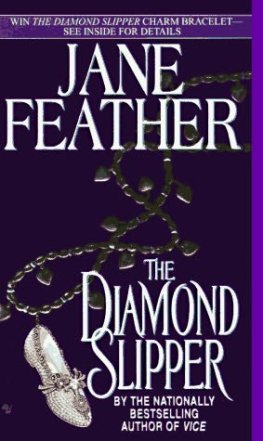
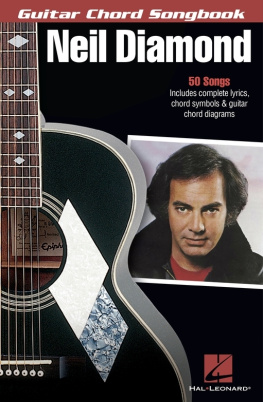

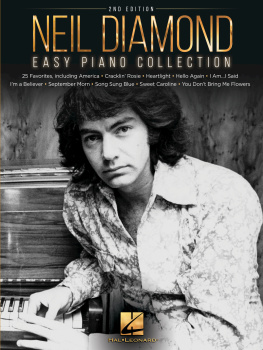
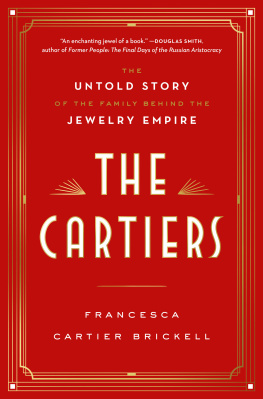
![Diamond - By Lisa M. Diamond: Sexual Fluidity: Understanding Womens Love and Desire [Paperback]](/uploads/posts/book/138039/thumbs/diamond-by-lisa-m-diamond-sexual-fluidity.jpg)
